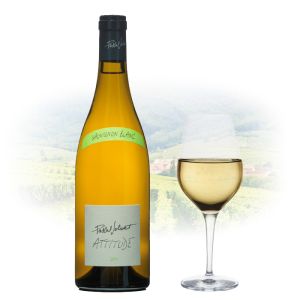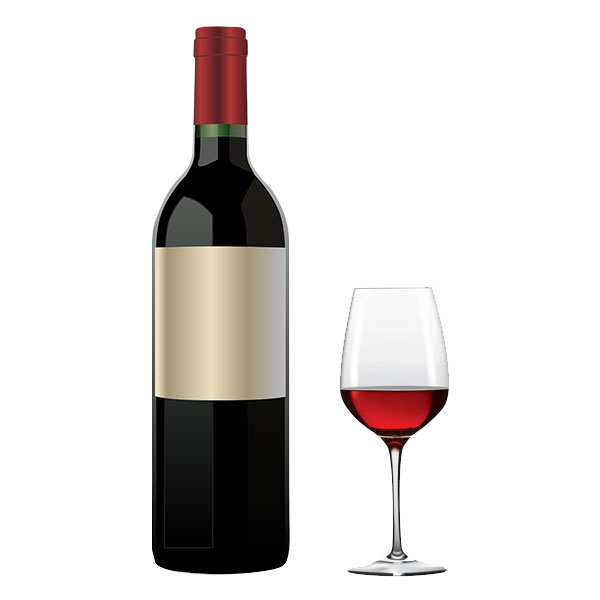Sales & Customer Support:
+63917 860 0808
Gitton Père & Fils - Les Herses Silex Sancerre Blanc | French White Wine
PHP 5,390
Wine Type: White Varietal: Sauvignon Blanc ABV: 13% Vintage: 2014 Country: France Region: Loire Valley, Sancerre Bottle Size: 750ml
Availability:
In stock
SKU
Product7578
Description
One of the best known "international" varieties originally cultivated in France and considered the parent of, with Cabernet Franc, Cabernet Sauvignon. Sauvignon's wonderfully distinctive aromatics generate some of wine's most colorful descriptors, among them "cat pee," herbaceous, grassy, citrusy the world over. In France, the apex of Sauvignon Blanc production is the Loire Valley, in the appellations of Sancerre and Pouilly-Fumé, where the terroir expresses itself most beautifully through the grape. Sauvignon Blanc is also the leading white grape varietal in Bordeaux, where it is paired with the fatter, richer Sémillon to varying degrees. Relatively easy to cultivate, though more suited to cool climates, Sauvignon Blanc has made inroads in Europe outside of France, especially in Northeastern Italy's Friuli and Alto Adige, but also on the Slovenian border. These lovely wines are often overshadowed by Sauvignon Blanc's achievements in the New World, namely New Zealand, South Africa and California. New Zealand's Sauvignon Blancs, more conspicuously fruity than most French examples, landed the small island nation on the world wine map in the late-1980s and 1990s. South African Sauvignons are one of the most successful international varieties produced in that country and are often quite elegant and affordable. In California, Robert Mondavi managed to, almost single-handedly, created a market for Sauvignon Blanc by renaming his oak-fermented version Fumé Blanc. While some wineries still use the name, California Sauvignon Blanc has secured its place in the California wine pantheon, particularly those from the Napa Valley. Washington State, Chile and Argentina also have considerable plantings of the grape.
Tasting Notes
Fruity, crisp and with good acidity, this wine is just settling into balance. Touches of the wood aging are there along with brightly herbal green-fruit flavors, The wine is rich, with acidity as well as hints of tropical fruits in the background.
Food Pairing
Appreciated with roast vegetables and also with seafood.
Facts
Wine Type:
White Wine
Country:
France
Region:
Loire Valley, Sancerre
Varietal:
Sauvignon Blanc
Vintage:
2014
Bottle Size:
750ml
ABV:
13%
Body:
Light-Bodied White Wine
Style:
Upper Loire White
Vivino Rating:
3.8
Brand:
Gitton Père & Fils
We arrange the delivery of your purchase to the delivery address you provide.
All orders with delivery address within Metro Manila are FREE of delivery charges.
We deliver your purchase right to your doorstep, anywhere in the Philippines. We find for you the right courier and delivery service company to guarantee a fast and efficient delivery of your purchase.
Send us an email Click Here or call us at this number +63917 860 0808.
Write Your Own Review






